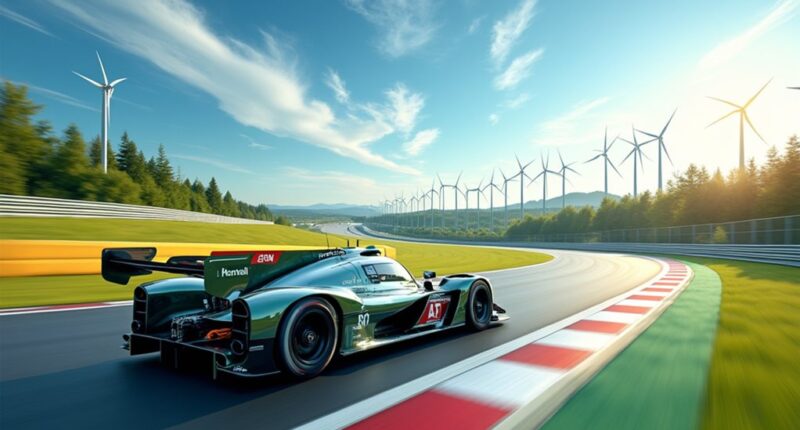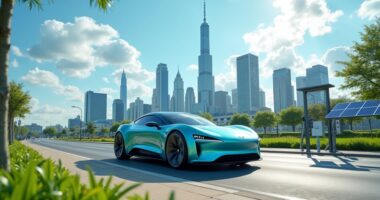Formula 1 is soaking up smart strategies from F2 and F3, who’ve already nailed 55% advanced sustainable fuels by 2023 and 100% by 2024, beating F1’s 2026 timeline. These series use clever engine tweaks and direct-air carbon capture—think of it as nature’s recycling bin turned rocket fuel—to keep speeds roaring without the guilt trip of emissions. It’s like upgrading from a clunky old bike to a sleek electric one, all while maintaining that high-octane thrill. The real excitement lies in how these lessons are shifting gears for F1’s greener future.
F2 and F3: Sustainable Fuel Pioneers
As Formula 1 races toward a greener future, what can its high-octane world learn from the scrappy underdogs of F2 and F3?
These feeder series have sprinted ahead, turning sustainable fuels into a high-stakes reality.
By 2023, F2 and F3 swapped in 55% advanced sustainable fuel, a bold move that F1 is now eyeing for its 2026 overhaul.
By 2023, F2 and F3 boldly swapped in 55% sustainable fuel, outpacing F1’s 2026 overhaul plans.
It’s like watching a clever apprentice outpace the master—F2 and F3 hit 100% sustainable fuel by 2024, beating expectations, and aim for fully synthetic stuff from direct-air carbon capture by 2027.
F1, meanwhile, is playing catch-up with its own 100% sustainable debut in 2026, all to chase the FIA’s net-zero carbon goal by 2030.
Engineers in F2 and F3 tackled the big headache: keeping performance zippy without traditional petrol.
They updated Mecachrome’s 3.4-liter engines with direct injection—think of it as giving a race car a turbo boost without the fossil fuel hangover.
This “drop-in” fuel acts as a seamless swap, mimicking old-school energy density while fixing minor tank compatibility kinks through clever chemical tweaks.
It’s no small feat; rigorous dyno and track tests proved it could handle the grind, offering F1 a blueprint for reliable, eco-friendly power.
On the chemistry front, F2 and F3 go all-in with second-generation biomolecules and non-bio carbon capture, pushing for direct-air methods that make F1’s broader sources look tame.
Imagine this: their fuels are like nature’s recycling bin on steroids, crafted with Aramco and FIA to slash lifecycle emissions.
It’s more extreme than F1’s plan, ensuring every drop burns clean without sacrificing speed.
Performance-wise, these fuels held their own on the track, with engines staying efficient and reliable under F2 and F3’s intense conditions.
That data goldmine—gathered from single-make races—helps F1 dodge potential pitfalls, like power losses, by fine-tuning injection systems.
Regulatory lessons are key too.
F2 and F3’s rapid fuel rollouts serve as F1’s test lab, shaping 2026 rules on certification and engine tweaks.
The integration of these technologies represents a crucial stepping stone toward green hydrogen production that could revolutionize not just motorsport but transportation sectors globally.
Furthermore, the advancements in F2 and F3 highlight how these fuels can reduce global emissions by serving as drop-in options that lower vehicle emissions without modifications.
Additionally, the collaboration with Aramco includes free fuel supply, which reduces season costs and supports broader sustainable fuel production for future applications.
By focusing on direct-air capture over F1’s mixed sources, they’ve streamlined the path to a sustainable grid.









